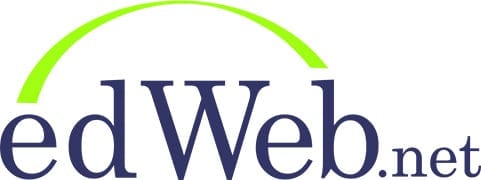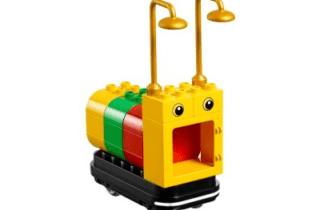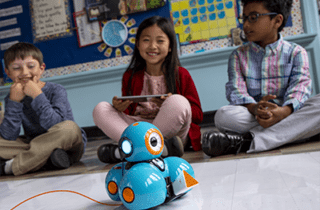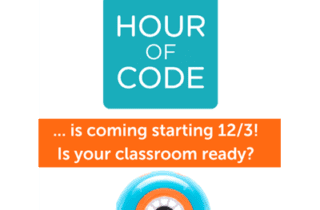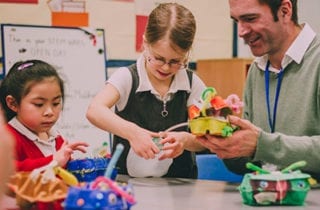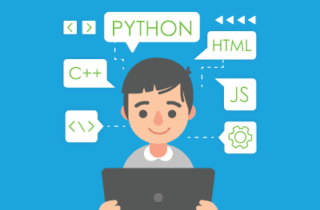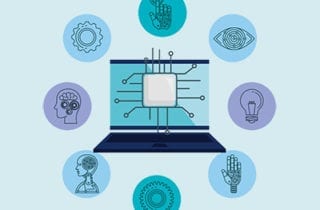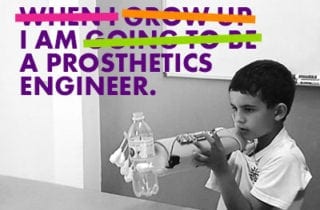In this edWebinar, explore how to expose young students to computer science topics in early childhood instruction to build foundations for student learning.
Coding and robotics programs in classrooms reflect how integral technology is in our lives. Educators like Angie Kalthoff, Technology Integrationist in St. Cloud, MN, and Ann Bartel, Instructional Technology Specialist in Chilton, WI, teach K-8 students about technology through coding and computer science programs that incorporate the 4 Cs of learning: collaboration, creativity, critical thinking, and communication. In a recent edWebinar, Kalthoff and Bartel explain that they want to coach students and not just tell them what button to push or the correct sequences to move a robot across a mat. By being challenged to take ownership of their learning through design thinking, students grow to understand that it is okay not to get the right answer the first time and that failing is part of the learning process.
This edWebinar offers a review of the field of robotics, links to free resources, and real-world stories from the industry today that can be shared in the classroom.
In this edWebinar, take your students’ computational thinking to the next level using variables and conditionals in both simple and complex programs.
In this edWebinar, review some of the current obstacles and opportunities for introducing the value of a computer science education for all.
In this edWebinar, learn more about how to embrace a maker’s mindset, popular in makerspaces and fablabs across the globe.
In this edWebinar, Marcos Navas, Technology Facilitator from Union City Public Schools, shows how to prepare your students for their future using coding.
In this edWebinar, Dylan Portelance and David Ko explore the power and limitations of human perception, a history of sensors and the technology.
In this edWebinar, Charlotte Cheng explores how to incorporate activities and strategies so that students can take ownership of their coding experience.
STEAM lessons offer educational benefits beyond technological literacy, such as collaboration, creativity, and critical thinking. Educators who incorporate STEAM into the classroom are preparing students now for jobs that don’t exist yet by giving them confidence in problem-solving, noted Dr. Azadeh Jamalian, Adjunct Assistant Professor at Teachers College, Columbia University, Head of Education Strategy at littleBits. For many educators, though, blending STEAM with traditional subjects can still seem daunting. During the edWebinar “Bringing Hands-On Coding and STEAM into Your District or Classroom,” Dr. Jamalian offered attendees insights into four key factors that can support successful STEAM integration.

